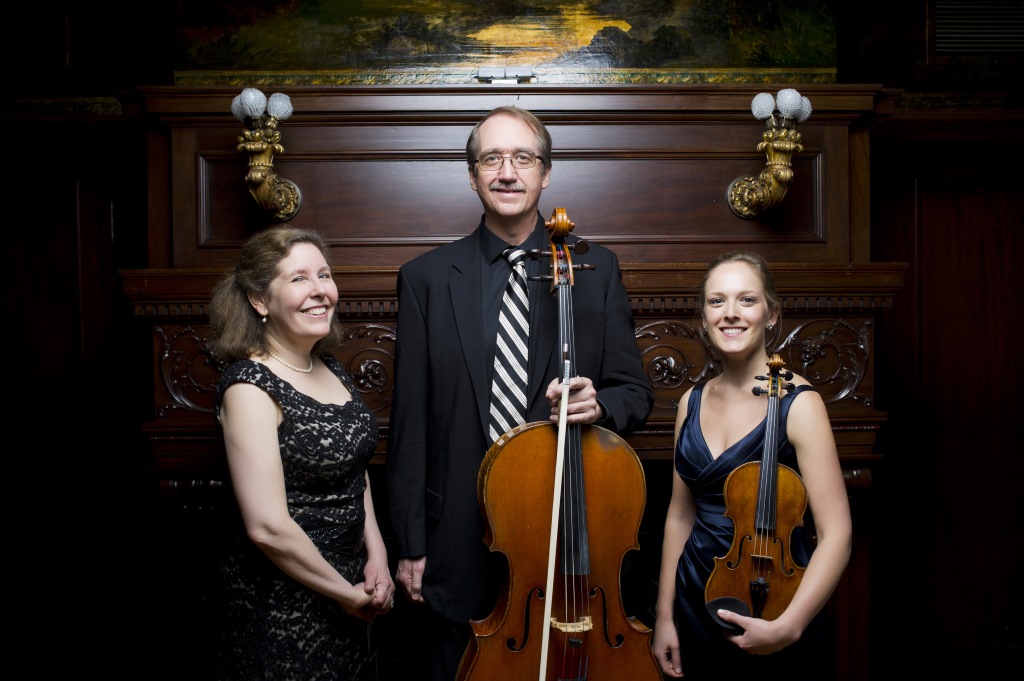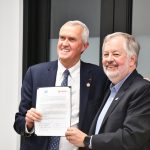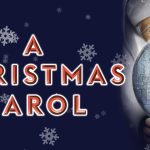Prometheus Trio Plays 200 Years of Music
Final concert of season ranges from Beethoven to current composer Augusta Read Thomas.
The Prometheus Trio closes its season with a concert Monday, May 9, repeated Tuesday at the Wisconsin Conservatory of Music. The piano trio (Margot Schwartz, violin; Scott Tisdel, cello; and Stefanie Jacob, piano) offers their usual variety, with Classical, Romantic, and Contemporary works.
Three contemporary works, 50 years apart, suggest the turn inspired by Claude Debussy and others to explore images suggested by the music more than the absolute form of the creations themselves.
Spanish composers Joaquin Turina, Manuel de Falla, Enrique Granados, and others drew from the French Impressionist movement to present images of their native Spain.
Turina wrote Circulo (1942) to illustrate the progression of a day from dawn to dusk. In her program notes, Jacob writes about the opening:
The title of the opening movement, Amanecer, indeed means dawn. The cello begins alone, down low, as if not quite awake; misty arpeggios from the piano suggest faint stirrings in the half-light. Gradually, as increased tempo, dynamic, and frequency of harmonic changes suggest, the brightness grows, and by the end of the movement, we have experienced a brilliant sunrise.
The day proceeds with visions of a Spanish day – flamenco music, the noon heat, an afternoon siesta, energetic evening dancing, followed by a slower dance and a return to the first movement’s beginning.
Prolific Chicago composer Augusta Read Thomas teaches composition at the University of Chicago and directs the Center for Contemporary Composition. Her work Radiant Circles was presented by the Milwaukee Symphony in the spring of 2018. Her many compositions also seem inspired by imagery, but in very different forms.
Her … a circle around the sun…(2000) and Moon Jig (2005) incorporate jazz elements and spiky chord structures which radiate light as sound. The style is pervasive in her music. A critic for the Huffington Post observes that “This is music that is always in motion as if coming perpetually out of a magician’s hat. It leads but doesn’t direct, and is playful and subtle, dancing on light feet. It is music that conjures.”
The Johannes Brahms Trio in C minor, Op. 101 (1887) will cap the concert with a sophisticated, finely honed trio. Jacob suggests that this third piano trio draws some of its dynamic energy from the Alpine majesty of the Swiss retreat where he wrote the work:.
Certainly, the opening of the C Minor trio seems larger than life: while all three instruments play grandiose chords, titanic piano octaves sketch a craggy motto theme, with rising and descending intervals moving towards each other, then away.
Critic Kai Christiansen recognizes that the music’s inherent complexity yields ultimately satisfying results:
All four movements revel in Brahms’ love of rhythmic complexity using three-against-two, syncopations, changing meters and, in the case of the slow movement, unusual implied meters like 7/4 and 5/4. These technical details are points to ponder, yet they serve as underpinnings absorbed into the sweep of melody, motion, and mood that affect a peak musical experience, the apotheosis of the romantic piano trio.
This concert takes the listener on a journey from the creative structures of Beethoven’s exercise in variations through the imagined landscapes of contemporary composers Turina and Thomas to a dramatic experience only Brahms could write so well for the piano trio.
The concerts are held in the intimate Helen Bader ballroom of the Wisconsin Conservatory (originally the McIntosh Goodrich Mansion), thus there are two performances to meet demand, each at 7:00 p.m. on May 9 and 10. The Wisconsin Conservatory is located at 1584 N. Prospect Ave. near downtown Milwaukee. Tickets may be purchased online or at 414-276 5760. Complimentary parking for evening concerts is available at Milwaukee Eye Care, 1684 N. Prospect Ave, one block north of the Conservatory.
If you think stories like this are important, become a member of Urban Milwaukee and help support real, independent journalism. Plus you get some cool added benefits.
Preview
-
PianoArts Festival Features Rising Stars
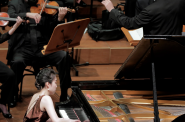 May 28th, 2024 by Michael Barndt
May 28th, 2024 by Michael Barndt
-
Four Nations Ensemble Goes For Baroque
 May 13th, 2024 by Michael Barndt
May 13th, 2024 by Michael Barndt
-
Mozart on Prospect Avenue
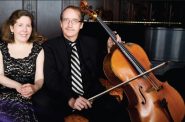 May 9th, 2024 by Martha Brown
May 9th, 2024 by Martha Brown

